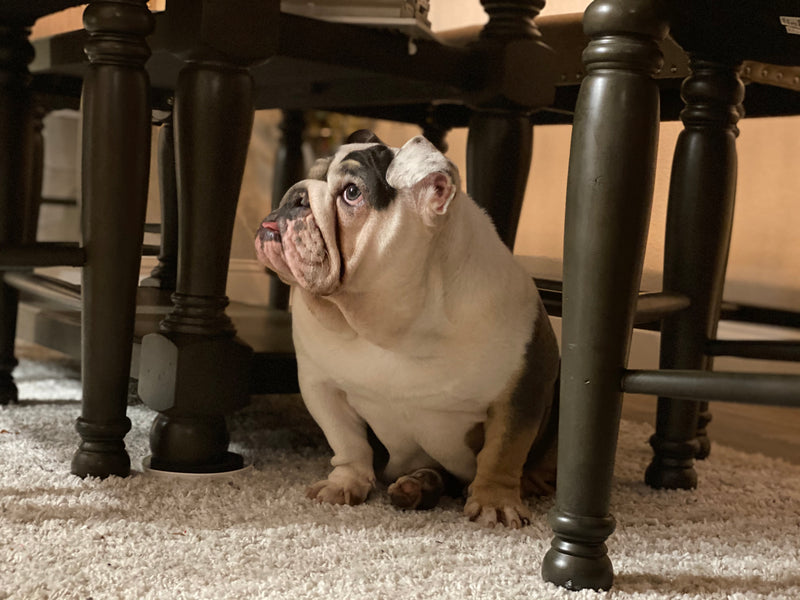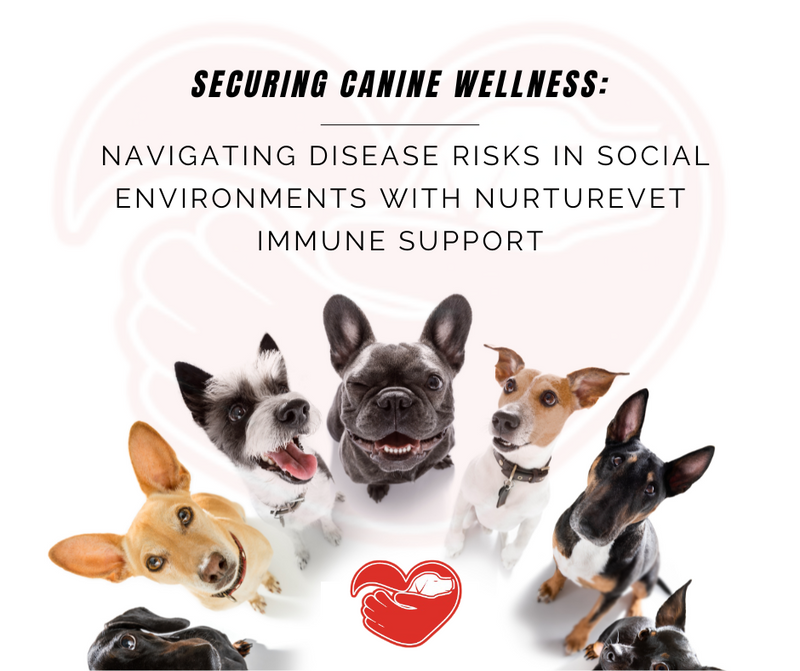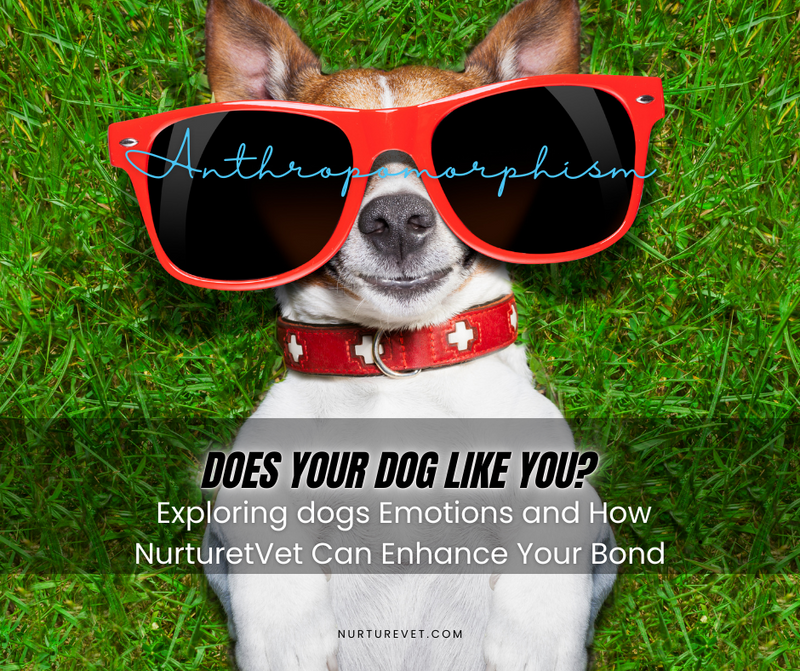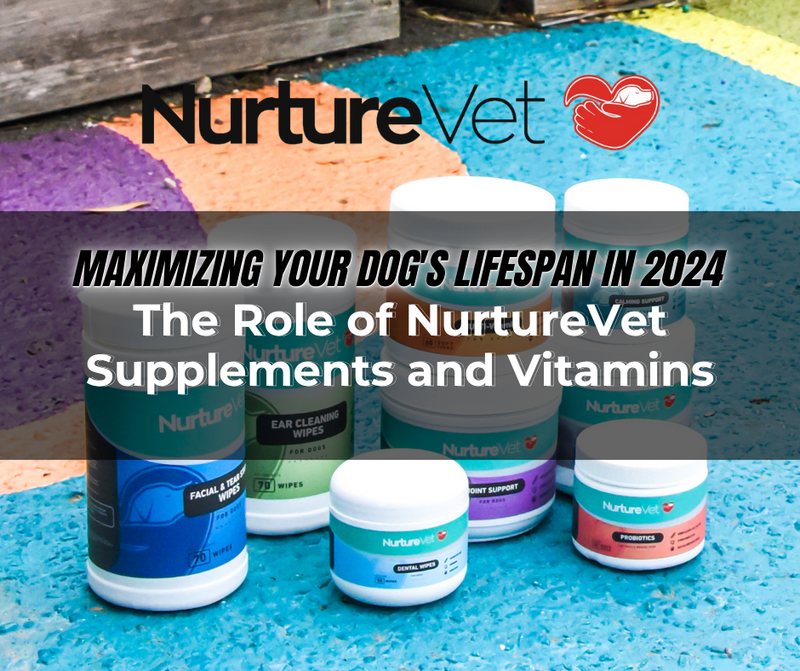
Impact of Anxiety on dogs
Your dog’s anxiety can be problematic for you as the owner while you try and calm them, or settle anxious behaviors. But for dogs, if anxiety is a common occurrence it can negatively affect their health just the same as it does in humans. We want to treat our dog’s anxiety so that they can be happier and healthier pups. We’ll talk about the signs of anxiety for your dog as well as a number of ways to calm your dog’s anxiety.
Signs of Anxiety in Dogs
Some dogs will make it very clear that they are anxious, but others might express more subtle signs. This all depends on the dog and the environment. Here are some common signs of anxiety in dogs.
- Pacing - Some dogs will pace around the room or back and forth between rooms.
- Trembling/Shaking
- Lack of appetite
- Lack of interest in normal fun activities, like fetching a ball or performing tricks.
- Increased heart rate
- Over-grooming
- Appearing uneasy or hyper-vigilant - being overly alert and activated by sounds and activity.
- Aggression
Ways to Calm Your Anxious Pup
Many dogs experience anxiety from time to time. If your dog has constant anxiety and you aren’t sure of the immediate cause and have trouble calming them down, seek the help of a veterinarian. Many dogs can be calmed either by proactively addressing their anxious behaviors or by removing triggers that are causing their anxiety.
Here are some great ways to help calm your dog’s anxiety.
Exercise
Just like for humans, exercise is a great way to calm the nerves of our pets. Regular exercise reduces stress and is associated with lower levels of anxiety. Make sure your dog is getting plenty of exercise. If your dog suffers from separation anxiety, this is also a great way to give them extra time and attention.
Physical Contact
Physical contact is a great way to calm your dog’s nerves. Simply petting them, hugging them, or holding on to them can help them feel safe and secure. This allows your dog to see that you are calm in the situation and can help keep them from running off if they feel scared.
Create a Safe Space
Many dogs with anxiety find comfort if having a place they can retreat to and hide. Your dog might feel anxious with new people in the home. Setting up a place where they can lay down, be out of sight, and is a quieter space may allow them to escape and settle down. They may return to greet their new friends once they have settled and feel more comfortable.
Proper Nutrition and Supplements for Dogs
Nutrition is a critical factor in our dog’s lives. When it comes to anxiety in dogs, it’s not one of the first things we think of, but our dog’s nutrition affects their body chemistry. In the same way that regular exercise helps relieve stress, proper nutrition and supplementation can help reduce stress and improve the dog’s overall health.
As dog owners, we know that our pets can experience anxiety in a variety of situations. We proactively give our dogs Calming Support Treats. They love eating these treats, and there is a noticeable difference in their behavior and their level of anxiety. Our Calming Support Treats for dogs are nutritional supplements (not a medication) and made with natural ingredients.
Top Tips for Calming Dog Anxiety
The top tips that we use for our dogs include regular exercise, physical contact when they are feeling anxious, creating a space of their own, proper nutrition, and of course, our Calming Dog Treats. If you have already tried these tips and your dog is still overly anxious, we do recommend that you seek out the help of a veterinarian as there may be other issues causing your dog unnecessary stress.
Have any great tips that we didn’t include here? Let us know in the comments below.





0 comments